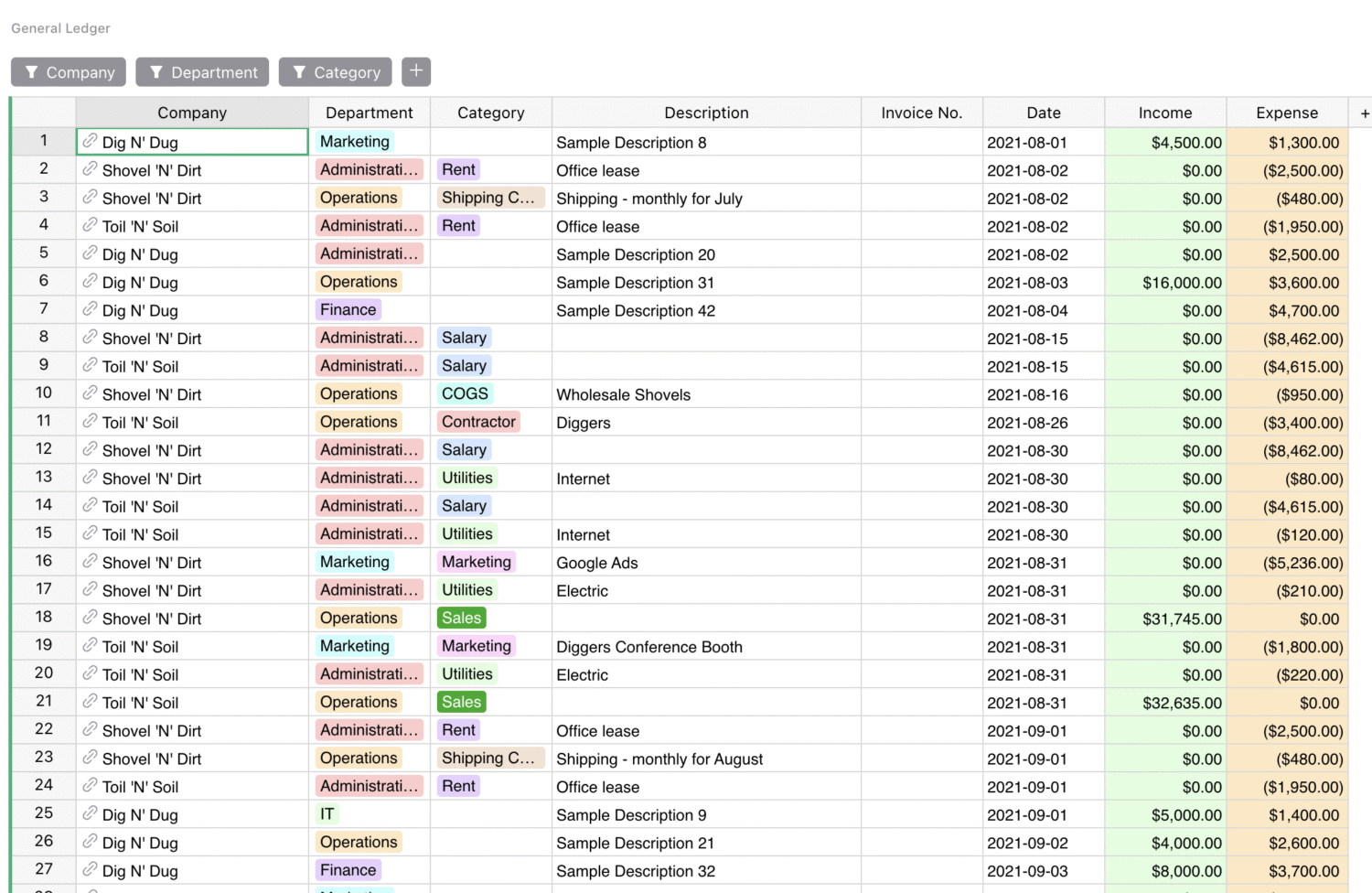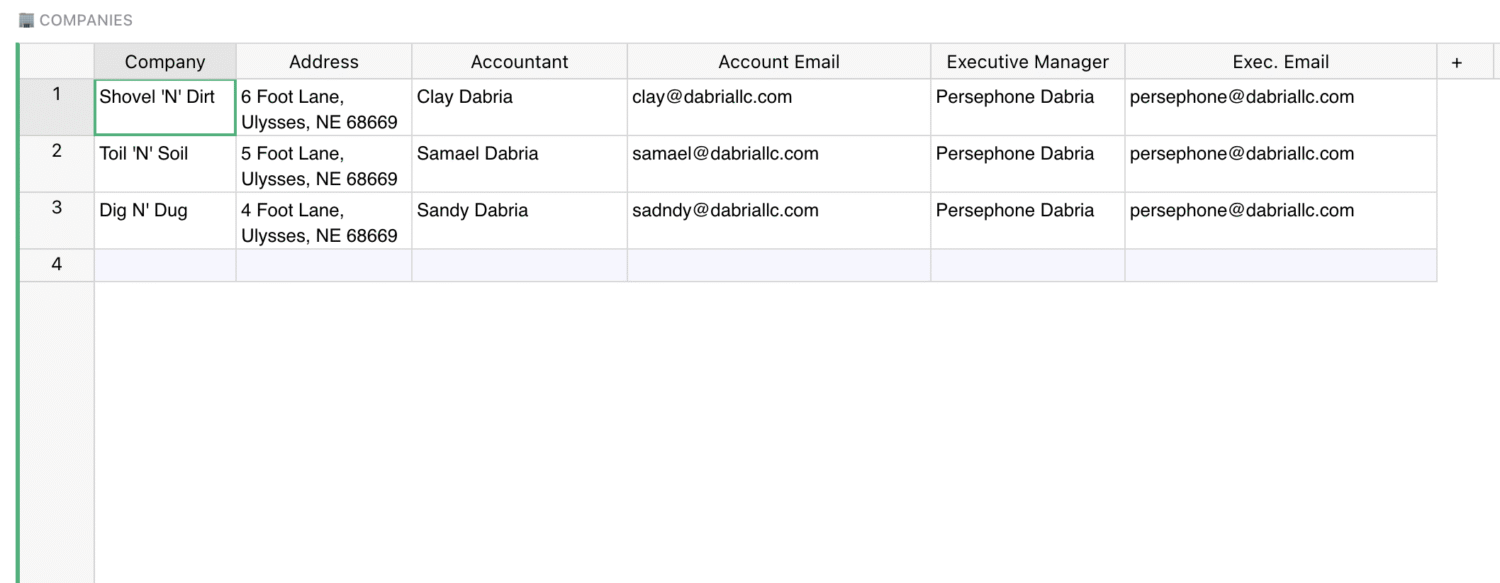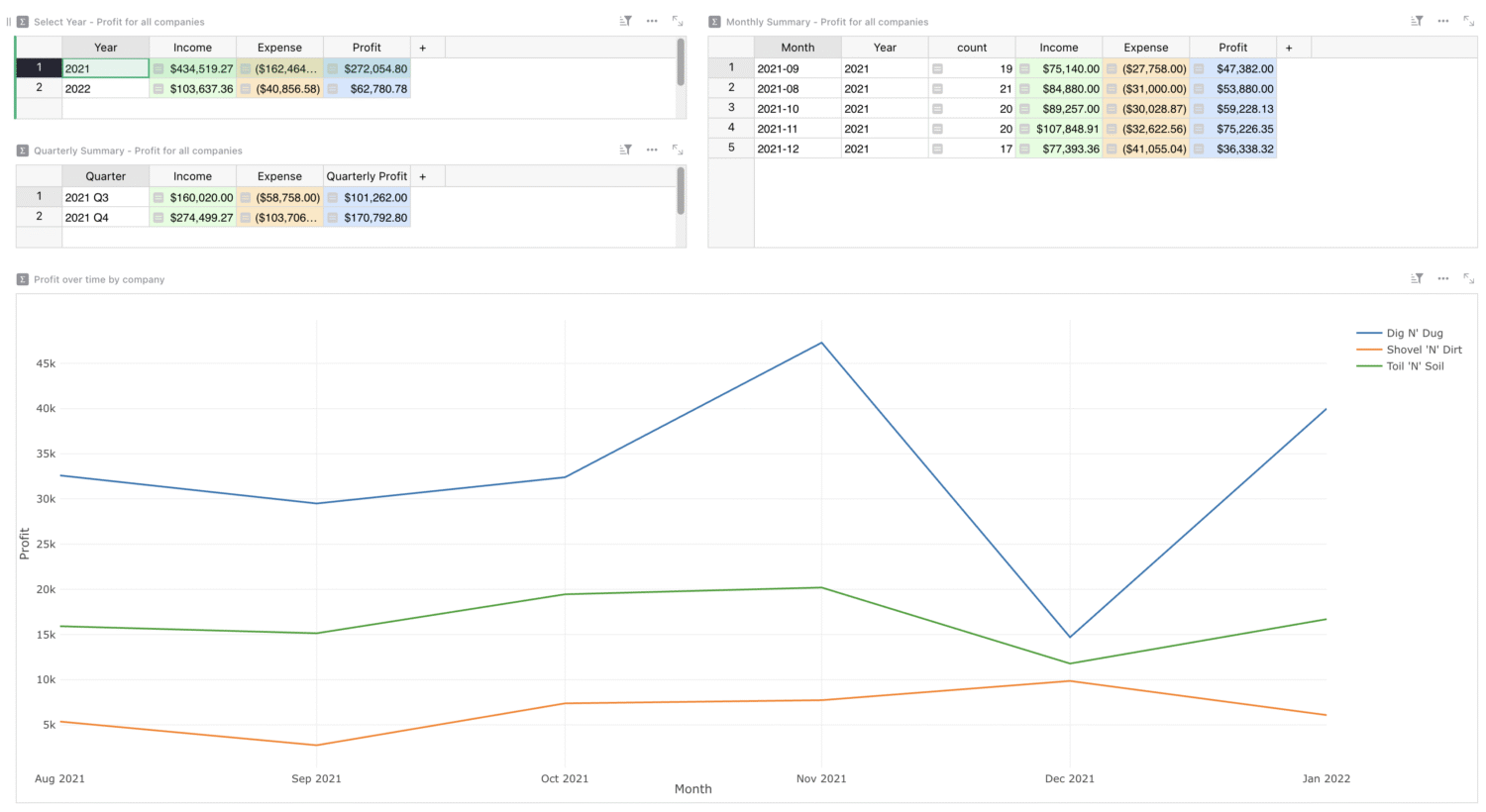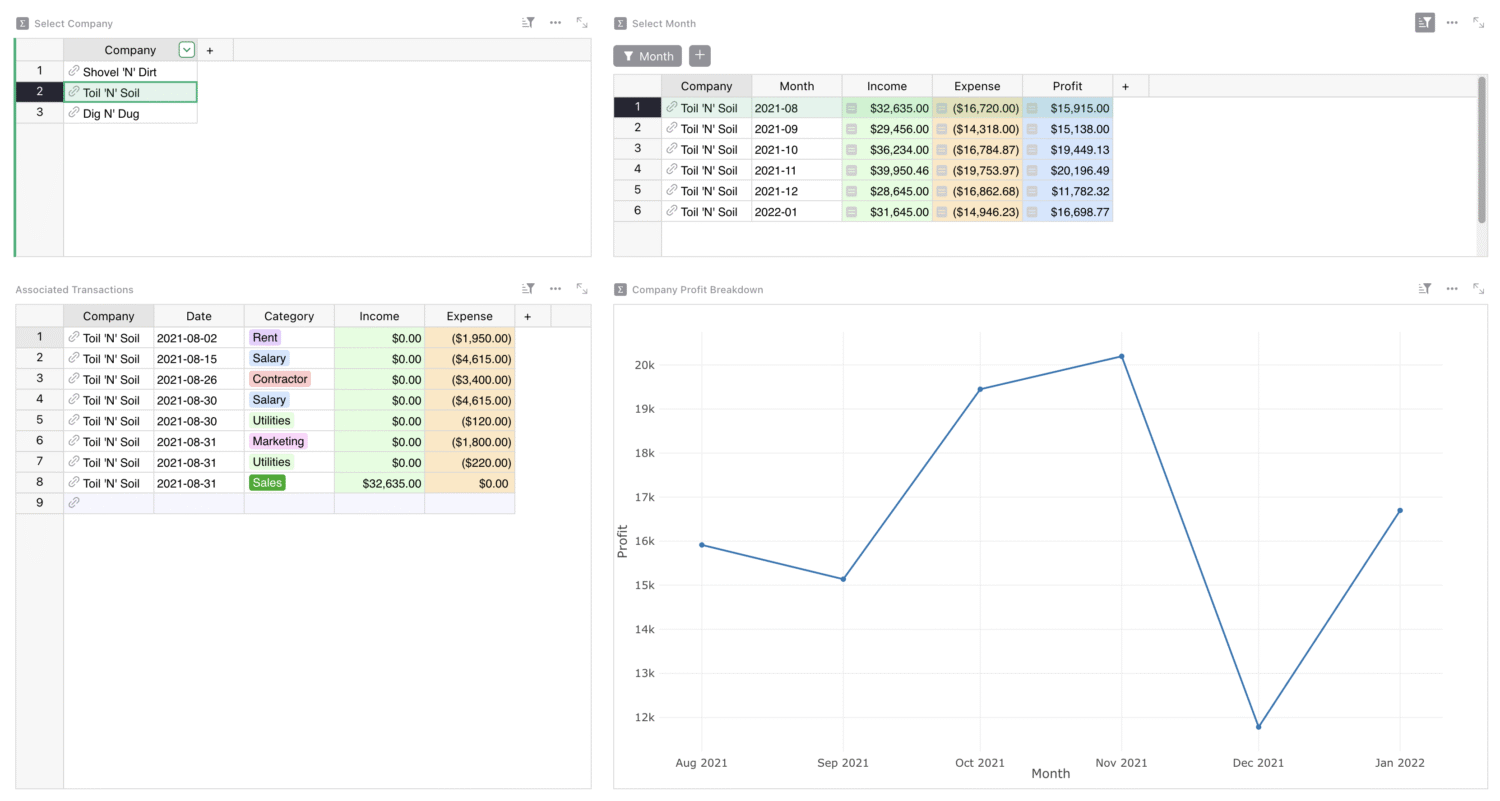Ledger Spreadsheet Template

About the general ledger spreadsheet template
Simplify your accounting projects with our general ledger spreadsheet template. Explore dynamic charts and summaries to analyze expenses by project and over time. Stay organized with department and category tags for income and expenses. Tailor this template to your organization’s needs with guidance from our Modifying Grist Templates webinar.
- Filter by category, department, company, and more.
- Ideal for small businesses and large enterprise teams.
- Dynamic charts and reports update in real-time as you explore data.
- Summary tables (pivot tables) and charts auto-update with new data.
Categories
How to use this free ledger template
This template takes a general ledger of income and expenses and creates helpful dashboards for summarizing data. To better use it and understand your business’ debit and credit, here’s more detail in how to update the ledger accounts in this template.
How to use the General Ledger page
Multiple companies may be stored in the same general ledger, with a column that distinguishes between different companies’ expenses.
Add new income and expenses to the bottom of the general ledger. It sorts by date automatically.


How to use the Companies page
Add company information to this table.
This is where the companies listed in the other pages are referenced, set up automatically to dynamically update business metrics as revenue and expenses are added to the ledger.
How to use the Total Profit Over Time page
This page summarizes profit over time. Select a year to update quarterly and monthly summaries.
All numbers on this page are automatically calculated using preset Python formulas from the income and expenses in the ledger.
In the graph below, you can also drill down profit over time by company, by year – ideal for easy financial reporting without manual updates.


How to use the Profit by Company page
This page breaks down profits by company. Select a company, then month to see related transactions. It’s an easy to use drill down on expenses and income based on the data in the general ledger.



